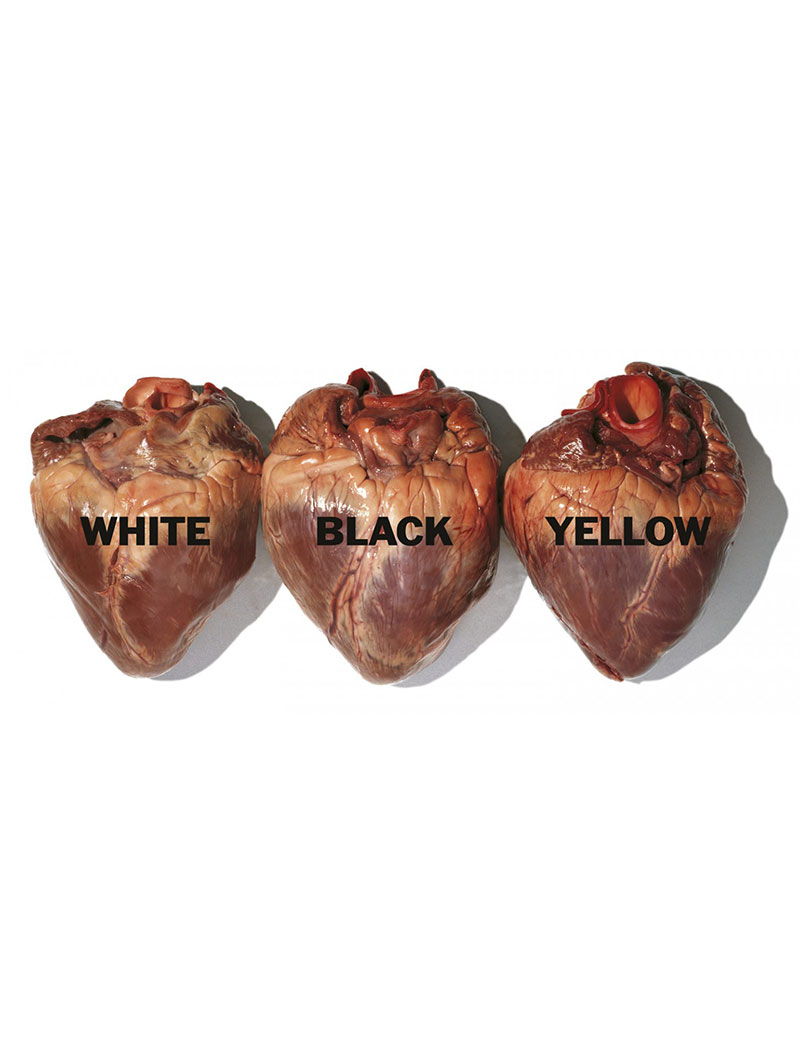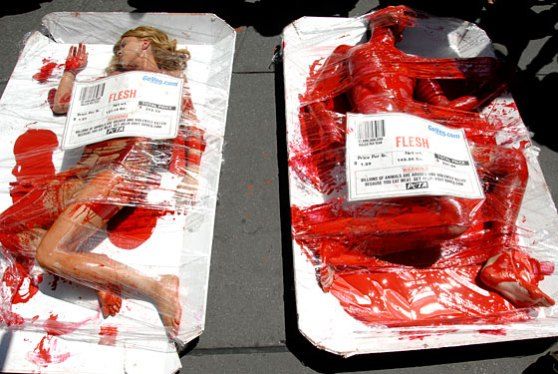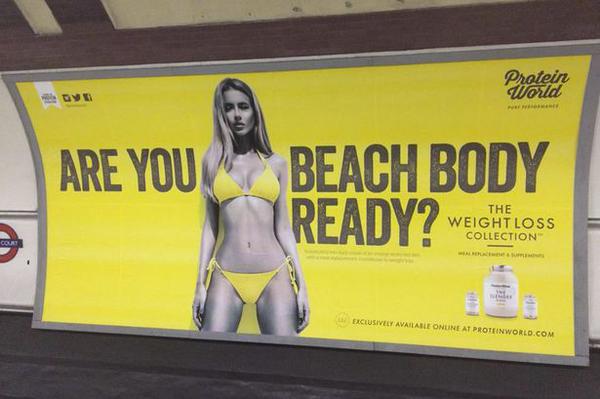
The term shock advertising or shockvertising emerged to define advertisements that use the power of strong, uncomfortable or even repulsive images to convey a message; in short, it is controversial advertising. Many brands and organizations are famous for using this type of imagery to position a message or product in the minds of their consumers in an incisive way; among the most famous are United Colors of Benetton, PETA and WWF. Controversial advertising has a lot of power and is designed to attract attention and comment, but it can also have adverse results if not handled intelligently enough.
Controversial advertising or no bad advertising?
They say that all publicity is good publicity and that, as long as they talk about you and your brand, you’ve already won. The truth is that it is much more complex than that. The power of controversial advertising is high, but only if it is treated with enough good taste so as not to make it uncomfortable for the sake of making it uncomfortable. Oliverio Toscani, photographer of Benetton’s most controversial campaigns once said that there are no shocking images, only a shocking reality.
“There are no shocking pictures, only shocking reality.” – Oliviero Toscani Tweet This!
With this, Toscani wanted to make the point that, by themselves, the images are not uncomfortable or repulsive, but it is the message, the reality behind that visual metaphor, that is really penetrating people’s minds. And looking at his work, it’s clear that he had that in mind when trying to spread an inclusive message within the brand.
PETA, for its part, tends to take this advertising to the extreme, by making a literal transcription of the animal reality, putting humans in their place, to reflect what that treatment would be like, if it were people and not animals. This type of controversial advertising has earned them the label, or even the stigma of extremists and radicals, but perhaps that is precisely PETA’s intention. The discomfort generated by their stunts and their controversial advertising messages are strongly implanted in the collective unconscious, like the classic bucket of blood on animal fur users.

But what happens when a small brand wants to attract attention by communicating with controversial advertising as a vehicle? The answer lies with Protein World, a relatively new brand that came to public attention with its campaign in which it openly asked if you had the ideal body to go to the beach. In the United States, this campaign was branded as negative, because it was loaded with body shaming or, in other words, humiliation based on the figure. The campaign, which showed people with ideal and perfect bodies, was intended to communicate that there is only one acceptable body type to show at the beach, which drew the attention of the general population. This advertising had the opposite effect to that intended and generated a bad image of the brand.

The issue with small brands is that, when seeking to stand out, they must do it intelligently and not only for the shock value that controversial advertising allows, they must be proactive, creative and avoid getting carried away by this or other strategies that fall into the cliché, such as misleading advertising or nostalgia in advertising. While a powerful image well placed can go viral and generate noise around a brand with digital marketing, it is always important to take into account that it must communicate congruence and an important message that portrays a reality, and not just discomfort in a gratuitous way.
Contact us and take your brand to the next level!



